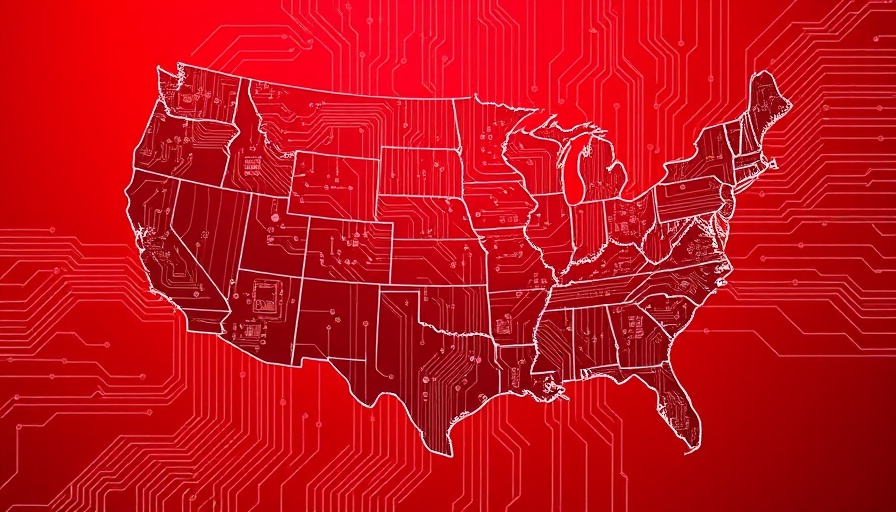
Elon Musk's Department of Government Efficiency: A Threat to American AI
The recent firings at the Department of Government Efficiency (DOGE) under Elon Musk’s leadership have raised significant concerns among tech leaders and industry professionals regarding the future of the American AI talent pipeline. On March 3, the National Institute of Standards and Technology (NIST) reported cuts impacting 73 employees focused on the CHIPS for America initiative, a critical program aimed at boosting semiconductor production within the United States.
This May Be Just the Beginning: The Fallout from Layoffs
These layoffs are part of a broader trend. Earlier cuts at the National Science Foundation led to the termination of 170 employees working on AI-related projects, leaving many in the tech community deeply unsettled. An open letter from advocates and industry leaders, addressed to Secretary of Commerce Howard Lutnick, cautioned against the potentially disastrous impact on the US’s ability to maintain a competitive advantage in AI.
The Dire Economic Implications of Reducing AI Staff
The leaders' letter stated that NIST’s aims were crucial for US economic growth, highlighting how cutting these programs could cripple innovation. They emphasized that downscaling NIST operations could undermine the United States' position as a global leader in technology. “These layoffs threaten the very fabric of our technological future,” stated Jason Corso, a robotics and computer science professor at the University of Michigan. He argues that sacrificing safety for innovation will backfire, eroding public trust crucial for AI development.
Limited Functionality of AI Solutions
Amid these layoffs, DOGE has introduced AI applications aimed at supporting remaining staff at the General Services Administration (GSA). However, critiques reveal that the new AI tool approximates the capability of an intern, handling only basic tasks and potentially creating further inefficiencies. This raises questions about whether AI can effectively replace experienced, knowledgeable employees responsible for complex government work.
A Strained Workforce and the Need for Talent Retention
Beneath these drastic employment practices lies the pressing issue of talent retention in America. As the private sector also grapples with substantial layoffs—172,000 jobs cut in February alone—the fear of a talent exodus from federally funded projects to the private sector looms large. Tech leaders warn that without innovative policies and commitment to funding, the US risks falling behind in the global AI race, losing its position as an innovation leader.
What Lies Ahead: Future Predictions for AI and the Economy
The long-term implications of these cuts extend beyond immediate employment numbers to the broader economy. If the current trend persists, the growing disconnect between the government and innovative sectors could hinder advanced technology developments, ultimately slowing down progress. The concerns raised by industry stakeholders emphasize a critical juncture: without adequate support for AI development and rigorous safety standards, the repercussions will likely reverberate throughout the innovation landscape.
Taking Action: The Imperative for Industry Collaboration
In this challenging environment, CEOs and business professionals must collaborate with policymakers to reinforce the importance of funding and resources devoted to AI research. As innovative leaders partner with governmental entities to shape policy moving forward, they must ensure that the conversation includes a commitment to safe and responsible AI evolution.
It is imperative for professionals within the tech sector to voice their thoughts and opinions to policymakers, to navigate this turbulent landscape actively, and to ensure a robust future for AI in America.
 Add Row
Add Row  Add
Add 




 Add Row
Add Row  Add
Add 

Write A Comment